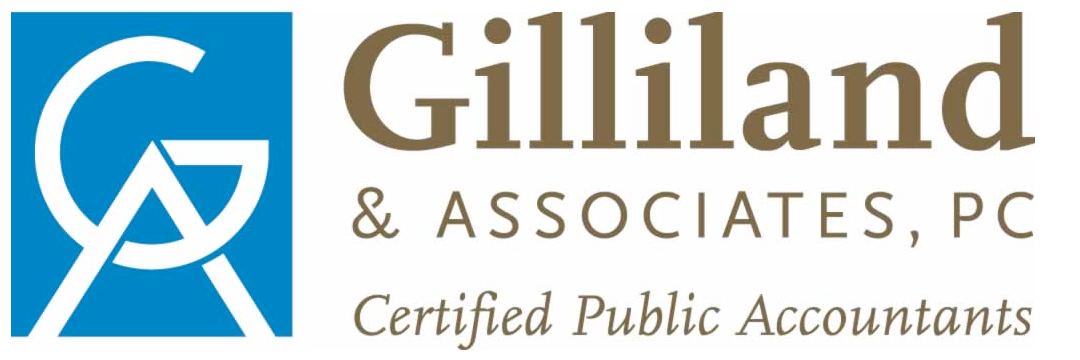What is the Right Retirement Plan for Employees?
Small businesses and self-employed individuals often tune out when conversations or articles about pension plans come up. That’s just for big business, they think, not for little guys like us. But small firms can tap into the tax breaks of pension plans more easily than they might imagine.
Pension plans provide tax deductions for the business and tax-deferred earnings for the employee. The establishment of this important fringe benefit can also reduce employee turnover by increasing employee job satisfaction.
There’s never been a better time to offer a retirement plan to your employees. Many plans are easy to implement, require little paperwork, and reduce your tax bill.

Selecting the right plan for your business begins with understanding your choices. Each plan has advantages and drawbacks. To help you decide which might be appropriate for you, here are highlights of some common plans:
Simplified Employee Pension (SEP) Plan. Also known as a SEP-IRA, this retirement plan lets you establish individual retirement accounts for yourself and your eligible employees. You can also have a SEP if you are self-employed. Setting up a SEP can be as simple as completing a short, written agreement. Other than annual disclosure statements to employees, there are no filing requirements.
SEPs can be funded only by employer contributions, but they offer flexibility because you decide each year how much you want to contribute. Annual contributions for each employee are based on a percentage of compensation, with a maximum dollar limit. Unlike other plans, SEPs can be established up until the extended due date of your tax return.
The 401(k) Plan. The 401(k) plan is a type of employer-sponsored retirement plan that allows participants to contribute a certain percent of their salary each year. Employers can match employee contributions. An employee is not taxed on either his contribution or the employer’s contribution until withdrawal from the plan. The earnings on the account also accumulate tax-deferred.
There are requirements that prevent highly compensated employees from contributing large amounts while the rank and file contribute little. A 401(k) is more complicated to maintain than a SEP, and it has annual IRS reporting requirements.
Individual 401(k). An individual 401(k) plan can be set up by a business – incorporated or unincorporated – where the owner is the only employee. Such plans are designed to be somewhat less complicated than traditional 401(k) plans. Their major advantage is that they allow higher contributions than other plans.
Savings Incentive Match Plan for Employees (SIMPLE). Like a SEP, a SIMPLE plan consists of individual retirement accounts (IRAs) for yourself and eligible employees. Alternatively, a SIMPLE plan can also be established as a 401(k) plan. Either type can easily be set up with a bank or insurance company using a “model,” or standard plan document. In a SIMPLE plan, employees can make voluntary contributions through payroll deductions, and employer-matching contributions are required.
There are two requirements for setting up a SIMPLE plan: you must have 100 or fewer employees, and you cannot offer another retirement plan. Also, a SIMPLE plan must generally be established before October 1 of any calendar year.
Qualified Plans. Qualified Plans also known as Keogh (or H.R. 10) plan is a retirement plan for self-employed people and their employees. If you have earnings from self-employment, whether full-time or part-time, you are probably eligible to establish a Keogh plan.
Qualified p\Plans have lost much of their popularity because other plan options provide much of the same benefits, but require much less administrative paperwork.
There are two major types of Qualified Plans:
- Defined contribution plans require contributions based on a percentage of wages (for employees) and profits (for owners). The benefits that the participants will receive at retirement depend upon how much these contributions and the earnings on them have accumulated to at retirement time.Defined contribution plans in several forms including money purchase plans, target benefit plans, and profit sharing plans. The advantage to a profit sharing plan is that the amount of annual contributions can vary from the maximum to no contribution at all depending on the profitability of the business. Annual contributions are required for money purchase plans.
- Defined benefit plans require contributions based on the amount of the retirement benefit the plan is to pay out. An actuary must be used to determine the required annual contribution. Benefits that a participant may receive upon retirement are limited by law.
All Qualified Plans have more complicated reporting requirements than a SEP or SIMPLE-IRA plan. Business owners cannot cover just themselves in these plans; they must make contributions for employees as well.
Qualified Plans must be established by December 31 of the tax year in which you want to take a deduction for a contribution. Contributions can be made up to the due date of the company’s tax return, including extensions.
Gilliland & Associates, PC is a full-service CPA firm specializing in tax planning for individuals and businesses in the Northern Virginia area. We are based in Falls Church, VA and also service clients in McLean and Tysons Corner, VA. Gilliland & Associates is known for our superior knowledge and aggressive interpretation and application of tax laws. We help you keep more of your earnings by finding you the lowest possible tax on your business or personal tax return. You can connect with us on Google+, LinkedIn, Facebook, and Twitter.
